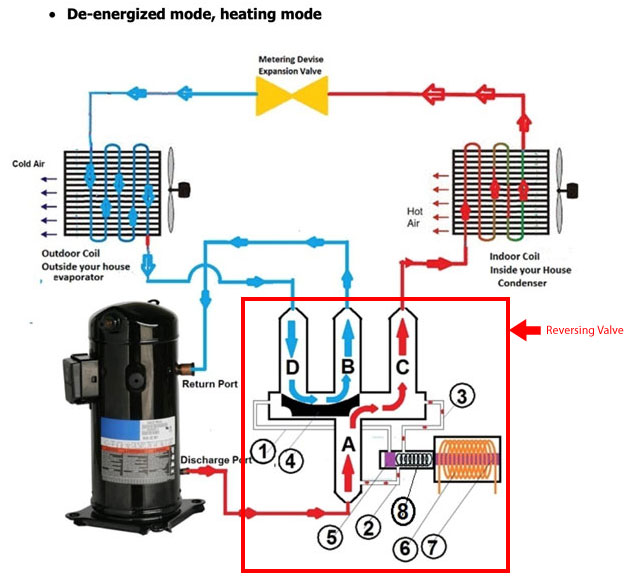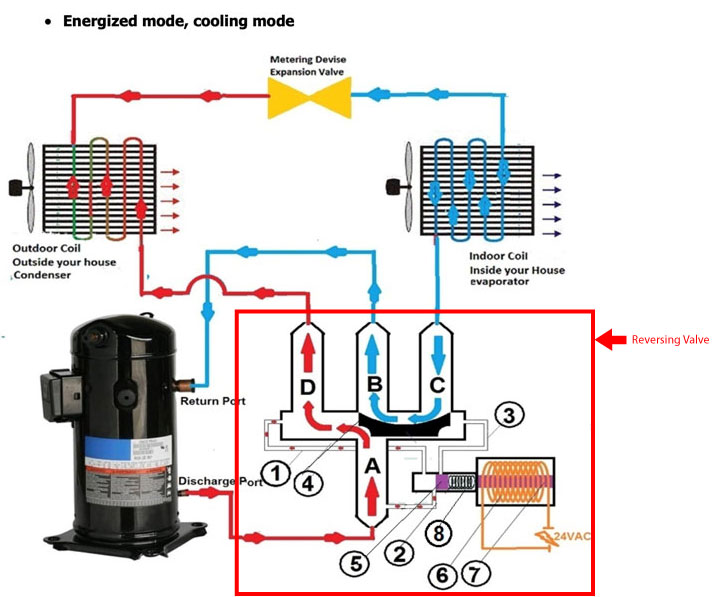How to select the right heat pump
No matter what kind of heat pump services you need, our technicians are prepared to help.
When it comes time to choose a new heating and cooling system, you will probably have more options than you would think. Many people think that their only option is to replace their old system with a newer model, this is not always the case. If you find yourself looking for a new heating and cooling system, a heat pump is definitely an option worth researching.
What is a Heat Pump?
Heat pumps provide heat energy from a source of heat to a destination called a “heat sink”. Heat pumps are designed to move thermal energy opposite to the direction of spontaneous heat flow by absorbing heat from a cold space and releasing it to a warmer one, and vice-versa. A heat pump uses some amount of external power to accomplish the work of transferring energy from the heat source to the heat sink. Air conditioners and freezers are familiar examples of heat pumps. The term “heat pump” is more general and applies to many HVAC devices used for space heating or space cooling.

The heat pump reversing valve has 4 large tubes (A, B, C, D ) that’s why they call it a 4-way valve and it also has:- capillary tube (1), capillary tube (2), capillary tube (3), slider (4), block (5), electrical coil (6), electrical magnet (7), and spring (8).


Benefits of a Heat Pump
When a heat pump is used for heating, it employs the same basic refrigeration-type cycle used by an air conditioner or a refrigerator, but in the opposite direction – releasing heat into the air-conditioned space rather than the surrounding environment. In this use, heat pumps generally draw heat from cooler external air or from the ground. Mechanical heat pumps exploit the physical properties of a volatile evaporating and condensing fluid known as a refrigerant. The heat pump compresses the refrigerant to make it hotter on the side to be warmed and releases the pressure at the side where heat is absorbed.
- Supports going Net-Zero
- Heats AND cools
- Ducted or Ductless
- Dual Source: Gas and Electric heating and cooling
- Pairs well with solar
The working fluid, in its gaseous state, is pressurized and circulated through the system by a compressor. On the discharge side of the compressor, the now hot and highly pressurized vapor is cooled in a heat exchanger, called a condenser, until it condenses into a high pressure, moderate temperature liquid. The condensed refrigerant then passes through a pressure-lowering device also called a metering device. This may be an expansion valve, capillary tube, or possibly a work-extracting device such as a turbine. The low-pressure liquid refrigerant then enters another heat exchanger, the evaporator, in which the fluid absorbs heat and boils. The refrigerant then returns to the compressor and the cycle is repeated.
Types of Heat Pumps installed, serviced and maintained include:
Residential Heat Pump Service Area
Here at Alternative HVAC Solutions, we have over 35 years of experience in providing heat pump services including installation, maintenance and service, allowing us to offer you the finest heating services serving Menlo Park, Redwood City, Los Altos, Belmont, Atherton, San Carlos, Palo Alto, San Mateo, Redwood Shores, Foster City, Burlingame, Portola Valley, and Half Moon Bay, and surrounding cities.
Call us today at 650-322-4328 or click here for an estimate!



